Indian Field Circle
City Directories and History: Architecturally, the design of Indian Fields reflects its use as a setting for a collective religious experience. A sense of community is heightened by the circle of adjacent cabins. Constructed in 1848, Indian Fields Methodist Camp Ground retains the nineteenth century layout of ninety-nine wooden
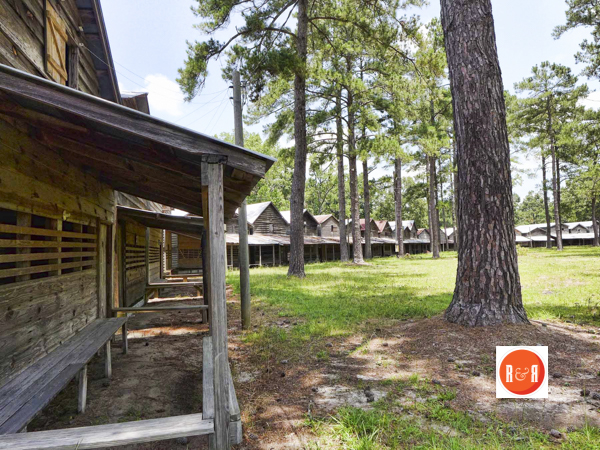
Photos contributed to R&R by Gazie Nagle @ www.fineartbygazie.com
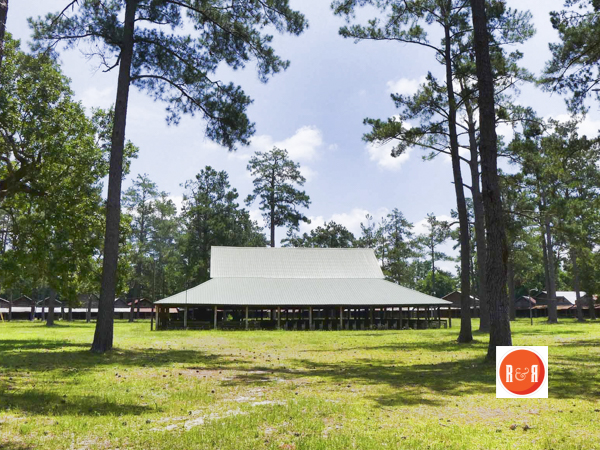 cabins, or tents as they are called, which form a circle around a large wooden pavilion, the preaching stand or tabernacle. The simplicity of the rough-hewn cabins and the open tabernacle is a part of the unpretentious style of evangelism that attracted a popular following. The original Indian Fields Camp Ground, located two miles away, was functional as early as 1810. In this year, Francis Asbury, who led the organization of American Methodism through itinerant preaching known as “riding circuits,” preached at Indian Fields. Even after many other stops on the circuits had become established churches, the meeting camp retained a tremendous influence on the development of religious life. Serving crowds too large for church buildings or homes, the campground responded to both religious and social needs. The ambiance of an antebellum campground such as Indian fields was a unique part of the American collective experience. Listed in the National Register March 30, 1973. The circle of cabins includes 99 structures.
cabins, or tents as they are called, which form a circle around a large wooden pavilion, the preaching stand or tabernacle. The simplicity of the rough-hewn cabins and the open tabernacle is a part of the unpretentious style of evangelism that attracted a popular following. The original Indian Fields Camp Ground, located two miles away, was functional as early as 1810. In this year, Francis Asbury, who led the organization of American Methodism through itinerant preaching known as “riding circuits,” preached at Indian Fields. Even after many other stops on the circuits had become established churches, the meeting camp retained a tremendous influence on the development of religious life. Serving crowds too large for church buildings or homes, the campground responded to both religious and social needs. The ambiance of an antebellum campground such as Indian fields was a unique part of the American collective experience. Listed in the National Register March 30, 1973. The circle of cabins includes 99 structures.
View the SCDOT map location here: http://www.rootsandrecall.com/dorchester/buildings/section-6-scdot-map/
View the complete text of the nomination form for this National Register property.
“Three old-time camp meetings are still held in this state, all dating back to about 1800 in the days of Bishop Asbury’s great leadership. The largest of these is Indian Fields Campground three miles north of St. George in Dorchester County. Originally the church of that name was on the same ground with the camp, but in 1838 the camp was transferred to the present location. But the Indian Fields church was moved to a spot near the present Rosinville, but only one-half mile from the first location. A beautiful brick church and parsonage now stands beside Highway 15, and is two miles from the Campground.
Cattle Creek church and campground are located on the same spot between Rowesville and Bowman in Orangeburg County. Bishop Asbury preached here in 1801 and on other occasions.
Cypress Church and campground occupy the same spot in Dorchester County, near Ridgeville just off Highway 78 at the Berkeley County line. A Capt. Perry lived in that section in Asbury’s day, and was host to the pioneer bishop on several occasions. It was about a day’s journey from Charleston by horseback.”
Information from: Names in South Carolina by C.H. Neuffer, Published by the S.C. Dept. of English, USC
————
In last week’s article I mentioned a term that many of you may not be familiar with. Those of you that are somewhat familiar with camp meetings, you may not be aware of the history of these gatherings. Most denominations have places or services for intense inspiration: retreats, conference centers or revivals. Many Methodist find that inspiration in camp meetings. For some reason most of these South Carolina camp grounds are located in the Dorchester area. Of the seven that I know of in South Carolina, four are found in Dorchester County.
Camp grounds had their origin in the early 19th century as a place to hold special services conducted by circuit riding preachers. Very often their “fire and brimstone” sermons would bring in more people than a house or a church building could handle. People would come from the surrounding area for the services that would last for several days. The participants soon began putting up tents to stay overnight. These events not only met the citizen’s religious needs, the attendees also found social enjoyment in the gatherings. As an overnight stay increased to several nights, the tents gave way to crude wooden structures. Families built these buildings on the camp ground property, with the builder retaining ownership of the building for their annual use.
The excitement of emotionally charged prayers and long drawn out hymns accompanied by home trained musicians produced many “amens” and long services. These services would sometime last all day and into the night. With these long services, one can’t live off of religion alone, they must have food. Everyone seemed to strive to outdo their neighbor with a heavy laden table of food. When this excitement is combined with fine southern food and Christian fellowship, it’s no wonder that Methodism grew exponentially in South Carolina.
One of the leading camp meeting locations in the early 1800s was Indian Fields Camp Grounds. Francis Asbury preached at a Indian Fields on December 21, 1801 and January 13, 1803. Even after many churches were established, Indian Fields and its camp meeting style of revivals continued to be a tremendous influence in the development of the religious life in rural South Carolina. The original Indian Fields Camp Ground was located about two miles from the present Indian Fields. More and more buildings, known as “tents”, were built here with very little planning or order. In 1848 a ten acre tract was obtained just off of US Highway 15 near St. George with the stipulation that a meeting be held once every two years. That has not been a problem since then.
The layout of Indian Fields is based on the biblical story of the Israelites erecting tents, representing the tribes of Israel, encircling a tabernacle. So today there is a 690 ft diameter circle of 99 tents surrounding a 68 ft by 95 ft open air tabernacle in the center. The tents are identical in basic design. Although they may vary in details and most have been repaired over time, they continue to retain their original rustic unfinished weatherboard appearance. Each has a shed roof on the front supported by three rough hewn wooden posts. Doorways are typically placed on the extreme left or right with the remainder of the front facade having spaced wooden slates for ventilation. The only other ventilation or light source are small shutter covered window holes in the gable of the second floor walls. Notice I didn’t used the word “glass”, there is no glass in these window holes.
On the rear of the tent is another shed roofed area which houses the brick wood burning stove. In recent years sinks have been added for washing hands and washing pots and plates. Does the words “stove” and “sink” sound like kitchen words? That because this is the kitchen area is. Many families will bring their own cook to help prepare the meals that can feed as many as 20 or more people at each meal. There are stories told of cooks that have been coming to Indian Fields for 40 years. Think about it: experienced cook, large group of family and friends, the smell of hickory wood burning and cornbread frying on a black iron skillet; can’t you just imagine the meal that you’re getting ready to eat.
A sense of close community living is heightened due to the fact that these tents are only two to three feet apart. Each year the owners of the tents look forward to seeing their “week-long neighbors” and visiting with their invited guests. Inter-mingling in the center of the circle is encouraged by all campers as each front porch has two wooden plank benches for sitting and talking. The simplicity of the rough hewn tents and the open air tabernacle is a part of the unpretentious style of evangelism that brings friends back year after year.
Socializing in the center courtyard is done not just because there’s more room there, but because it’s normally cooler outdoors than inside at this time of the year. The Indian Fields camp meetings are held during the first week of October. This week was established because in this farming based community, this was typically the time that crops are gathered and it was time to give thanks for their harvest.
The interior of the tents consist of two eight by ten rooms on the first floor and one room on the second floor. Some larger families have three rooms on the first floor and two rooms on the second floor. A few items that the interior doesn’t have is doors, furniture, or flooring on the first floor. Privacy in the family unit is not important, seemingly nor is comfort. The feather mattresses that are brought from home fit on a wooden bed frame. The first floor is dirt covered with freshly laid straw for each year’s religious experience.
The only tent in the 99 tent circle that varies significantly from the others is the preacher’s tent. This one is larger, has glass in the windows and wooden doors. Do these incentives encourage anyone to become a preacher?
Has anyone noticed a subject that hasn’t been mentioned about “tenting” yet? Well there’s not much to discuss about the outhouses. It’s a simple fact: there are 99 tin roofed four foot square functional outhouses on the property, one for each tent. I’ll allow you to determine what “functional” means.
Why have families enjoyed doing this for almost 200 years? Why do tent owners leave their tents to loved ones in their will. Many words comes to mind: social life, traditions, fellowship, self-sacrifice and love of family. But these words cannot withstand the test of time without divine intervention and the desire for one human to share his faith through actions with another human. Have you been yet?
Article written and submitted to R&R by author Bill Segars – 2015
Stay Connected
Explore history, houses, and stories across S.C. Your membership provides you with updates on regional topics, information on historic research, preservation, and monthly feature articles. But remember R&R wants to hear from you and assist in preserving your own family genealogy and memorabilia.
Visit the Southern Queries – Forum to receive assistance in answering questions, discuss genealogy, and enjoy exploring preservation topics with other members. Also listed are several history and genealogical researchers for hire.
User comments welcome — post at the bottom of this page.
Please enjoy this structure and all those listed in Roots and Recall. But remember each is private property. So view them from a distance or from a public area such as the sidewalk or public road.
Do you have information to share and preserve? Family, school, church, or other older photos and stories are welcome. Send them digitally through the “Share Your Story” link, so they too might be posted on Roots and Recall.
Thanks!
IMAGE GALLERY via photographer Bill Segars – 2004
User comments always welcome - please post at the bottom of this page.
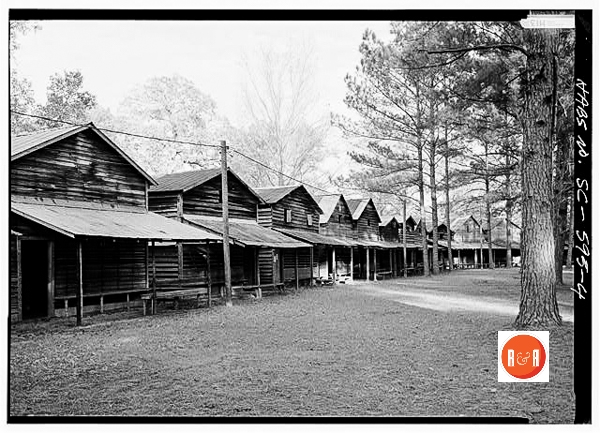
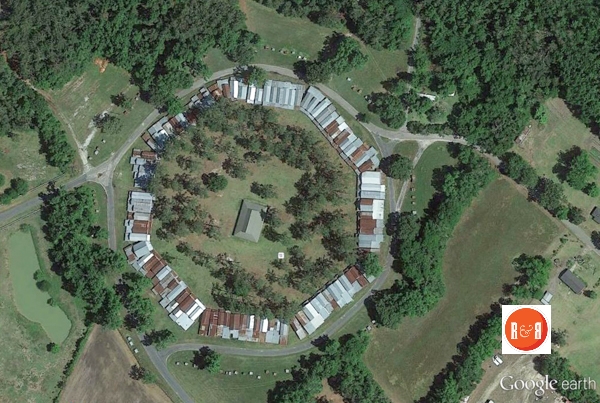
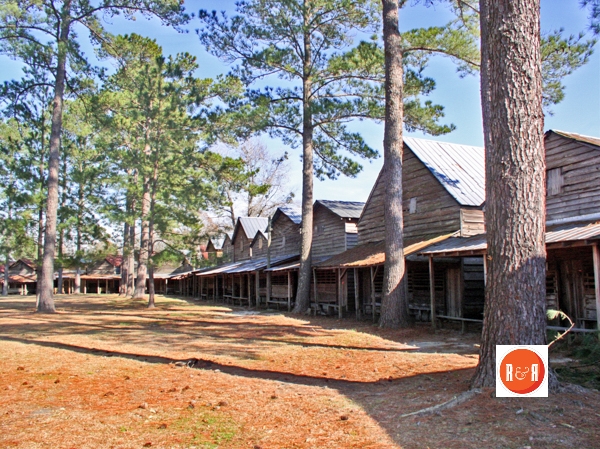
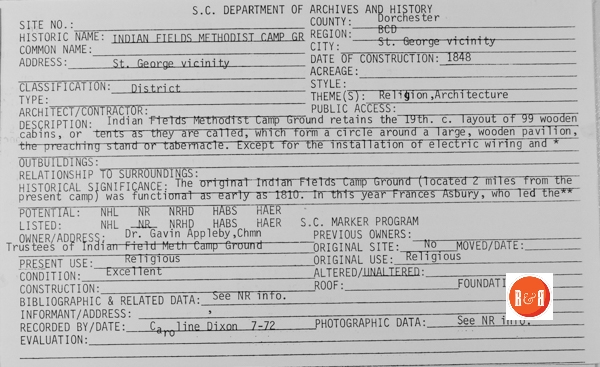
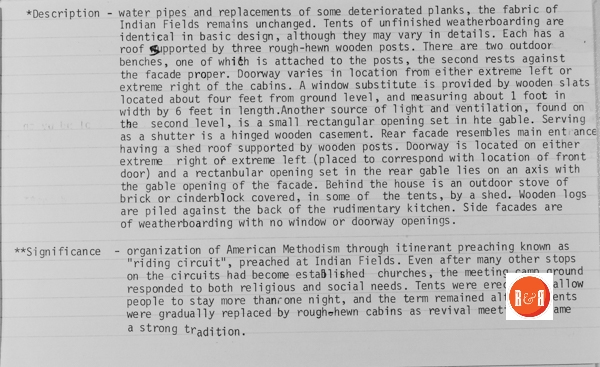
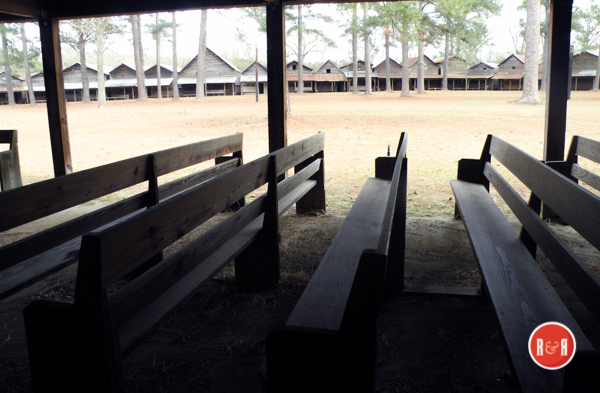

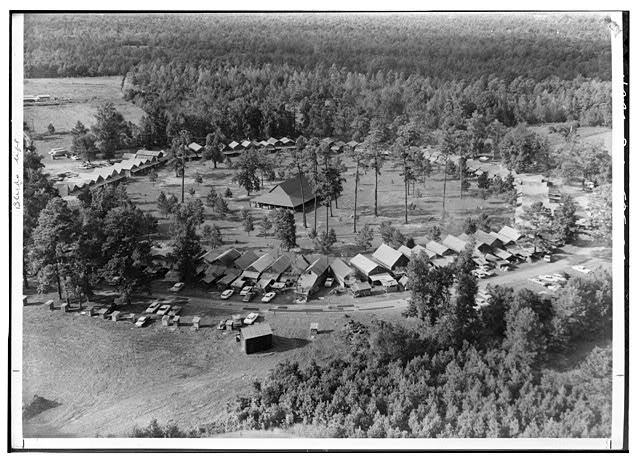

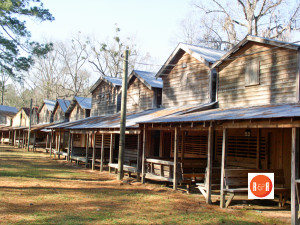
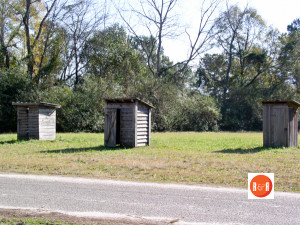
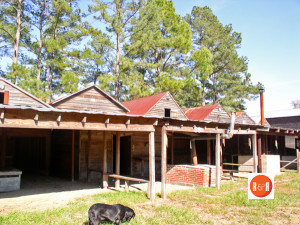
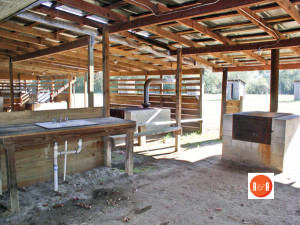
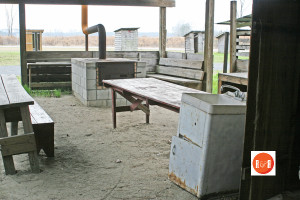
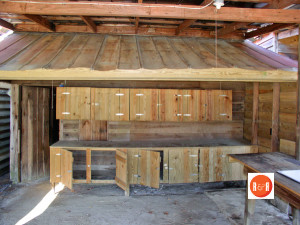
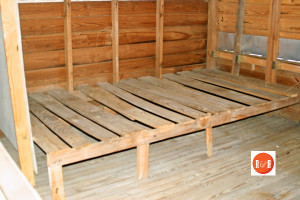
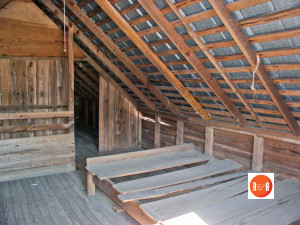
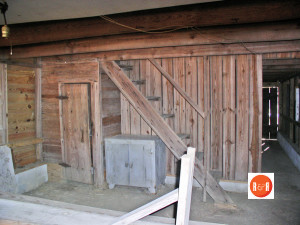
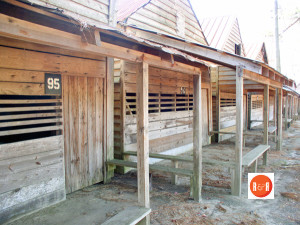
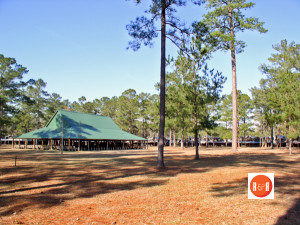
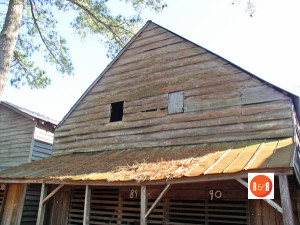
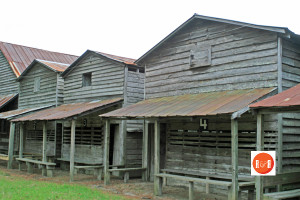


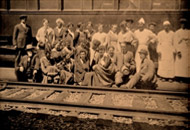
Share Your Comments & Feedback: